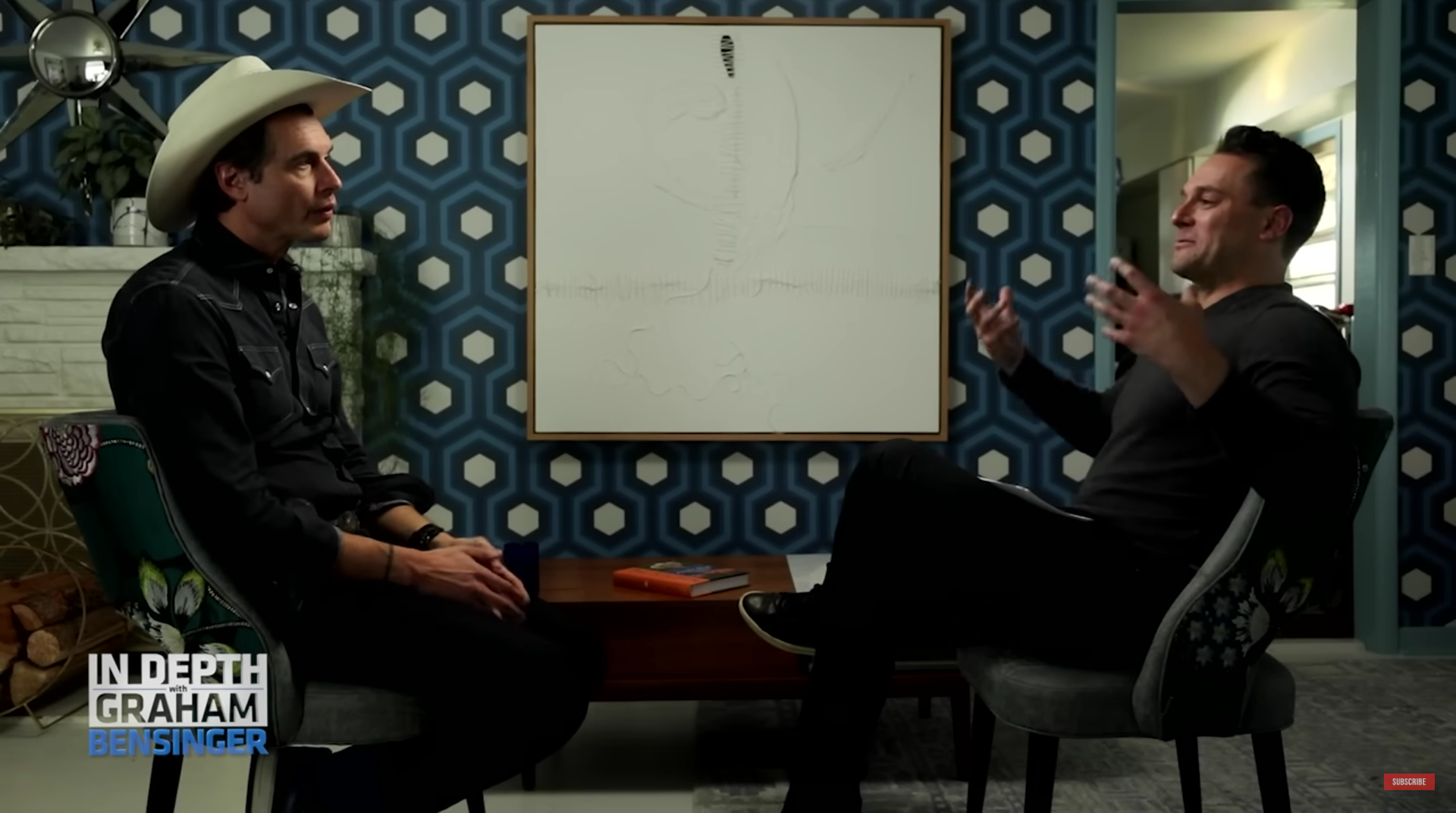In an insightful conversation with Graham Bensinger earlier this month, Kimbal Musk, an influential figure in the tech and entrepreneurial world and brother of the one and only Elon Musk, peeled back the layers on the origins and evolution of SpaceX, a company that has revolutionized space exploration. Initially conceived as a philanthropic venture, the idea of sending a plant to Mars in a small ceramic jar was meant to prove the concept of interplanetary transport, rather than laying the groundwork for a business.
“To take a potted plant, just like a little ceramic jar with leaves on it, and get it to Mars just to prove that it can be done, not like build a business or anything like that,” Musk recounted, highlighting the humble beginnings of what would become a space exploration behemoth.
This vision, however, transformed into a for-profit model as the potential for supporting the venture through rocket launches became apparent.
“And then that turned into, well maybe the best way to do this is as a for-profit,” said Musk, indicating the shift in SpaceX’s foundational strategy.
This pivot not only enabled the company to sustain itself but also allowed it to challenge and disrupt the traditional cost-plus model prevalent in the space industry.
Musk emphasized the inefficiencies and drawbacks of the cost-plus contracts, a method deeply ingrained in the military-industrial complex, where companies are incentivized to increase costs for higher profits. SpaceX’s entry with fixed-cost services was met with skepticism, as it drastically undercut the bloated expenses typical of government contracts.
“The government would say, ‘But we’ll pay you a billion; we just want you to do it our way.’ No, but that’s the wrong way,” said Musk.
This showcases SpaceX’s commitment to efficiency and innovation.
The emotional pinnacle of the conversation revolved around the recounting of SpaceX’s fourth launch attempt on September 28, 2008. Following three previous failures and with the company teetering on the brink of bankruptcy, this launch represented a make-or-break moment. The success of this launch, witnessed in a modest control room in LA shortly after a day at Disneyland, was not just a technical achievement but an emotional watershed for everyone involved.
“It wasn’t like a celebration; everyone started crying. It was this emotional release of years of working,” said Musk, conveying the profound relief and joy experienced by the SpaceX team.
This pivotal moment not only saved SpaceX from bankruptcy but also solidified its position as a formidable player in space exploration, eventually leading to a significant contract with NASA. The success story of SpaceX, as detailed by Musk, is a testament to the power of vision, perseverance and the willingness to challenge the status quo. From its inception as a project to prove a concept with a plant on Mars to becoming a leader in space technology, SpaceX’s journey, as narrated by Kimbal Musk, encapsulates the essence of innovation and the indomitable spirit of human ambition.
Featured image: Credit: In Depth, Graham Bensinger
Share this article:










